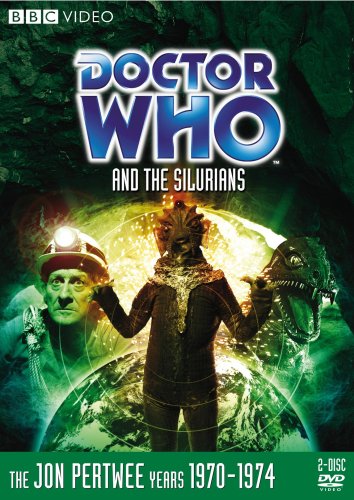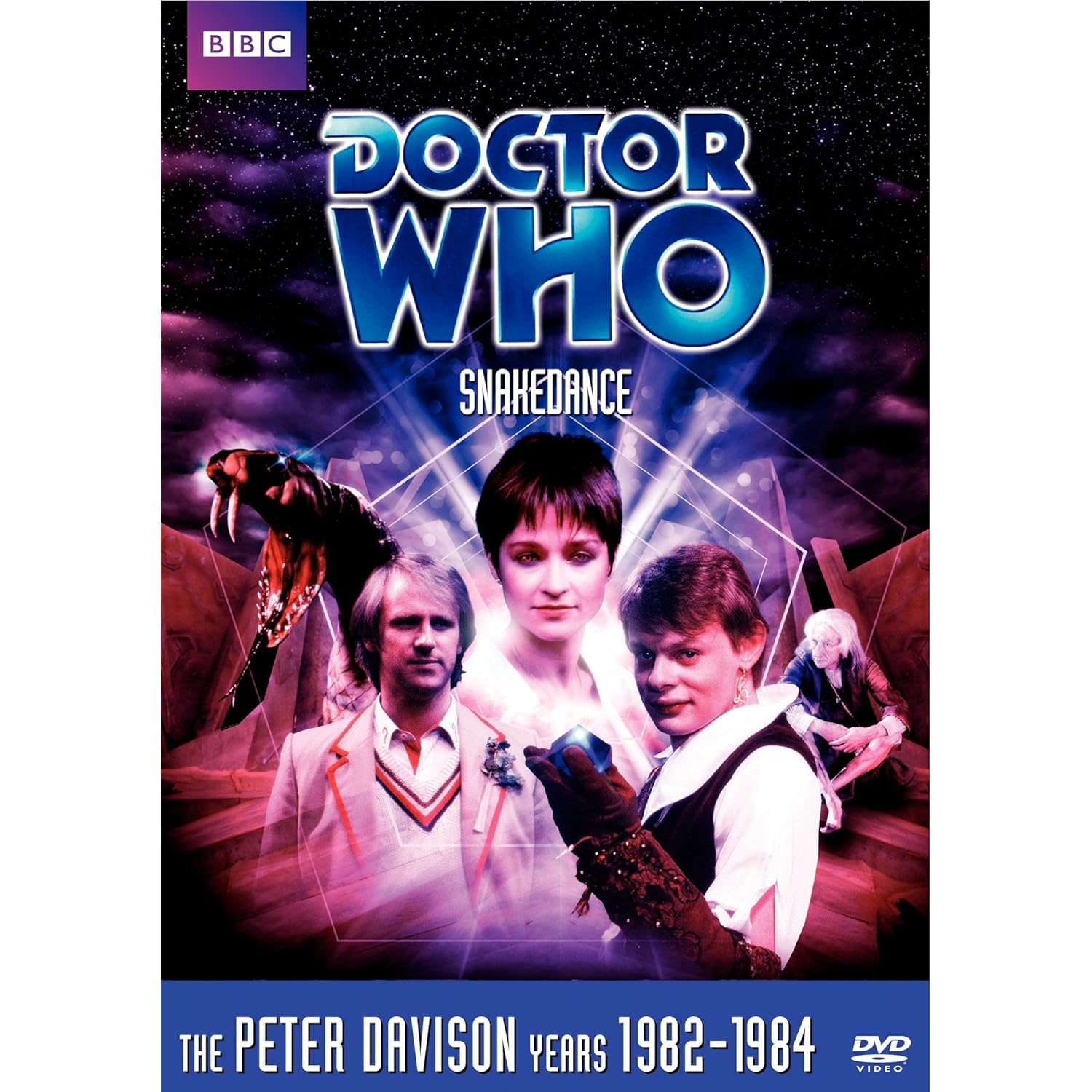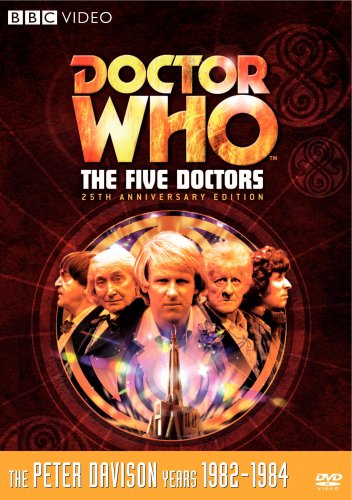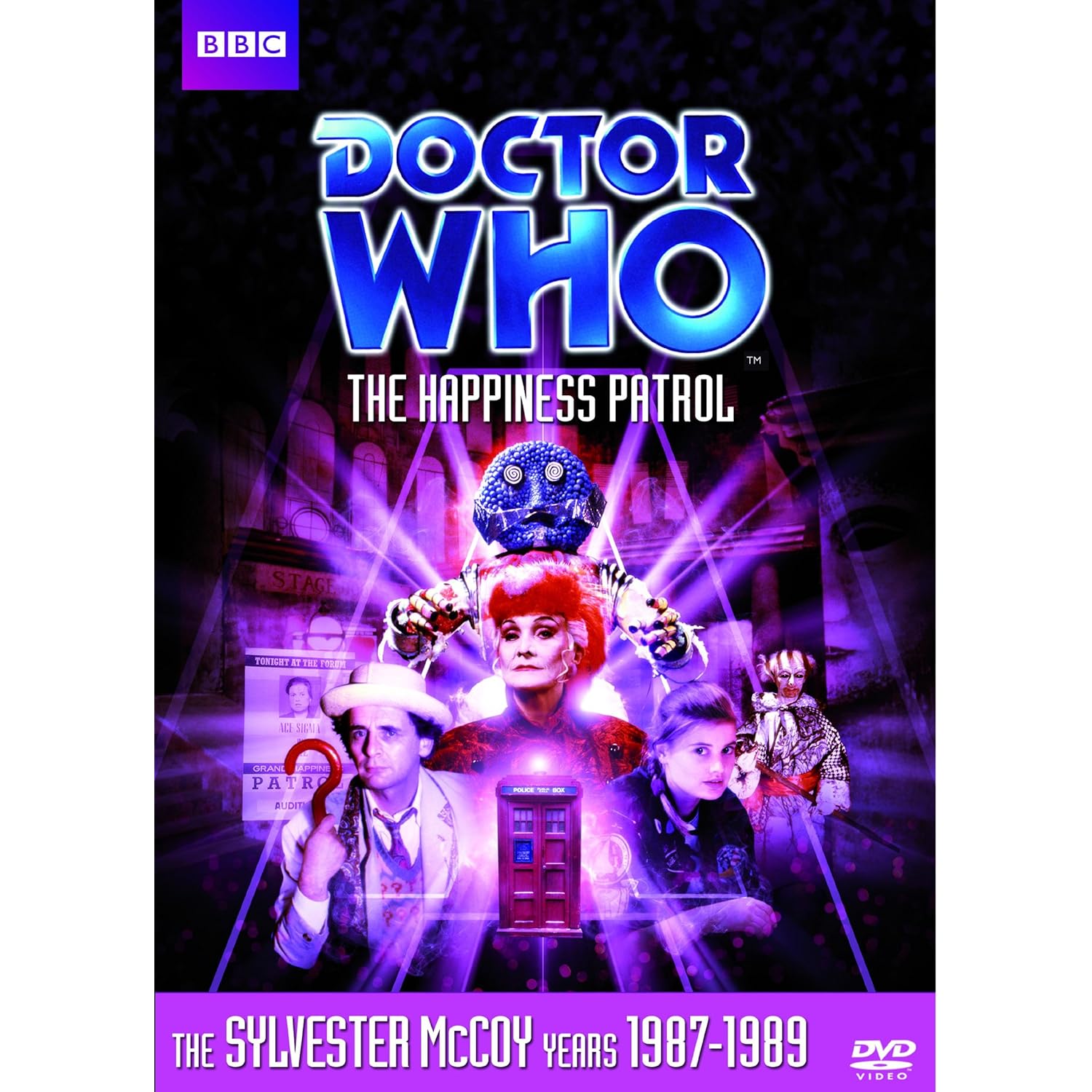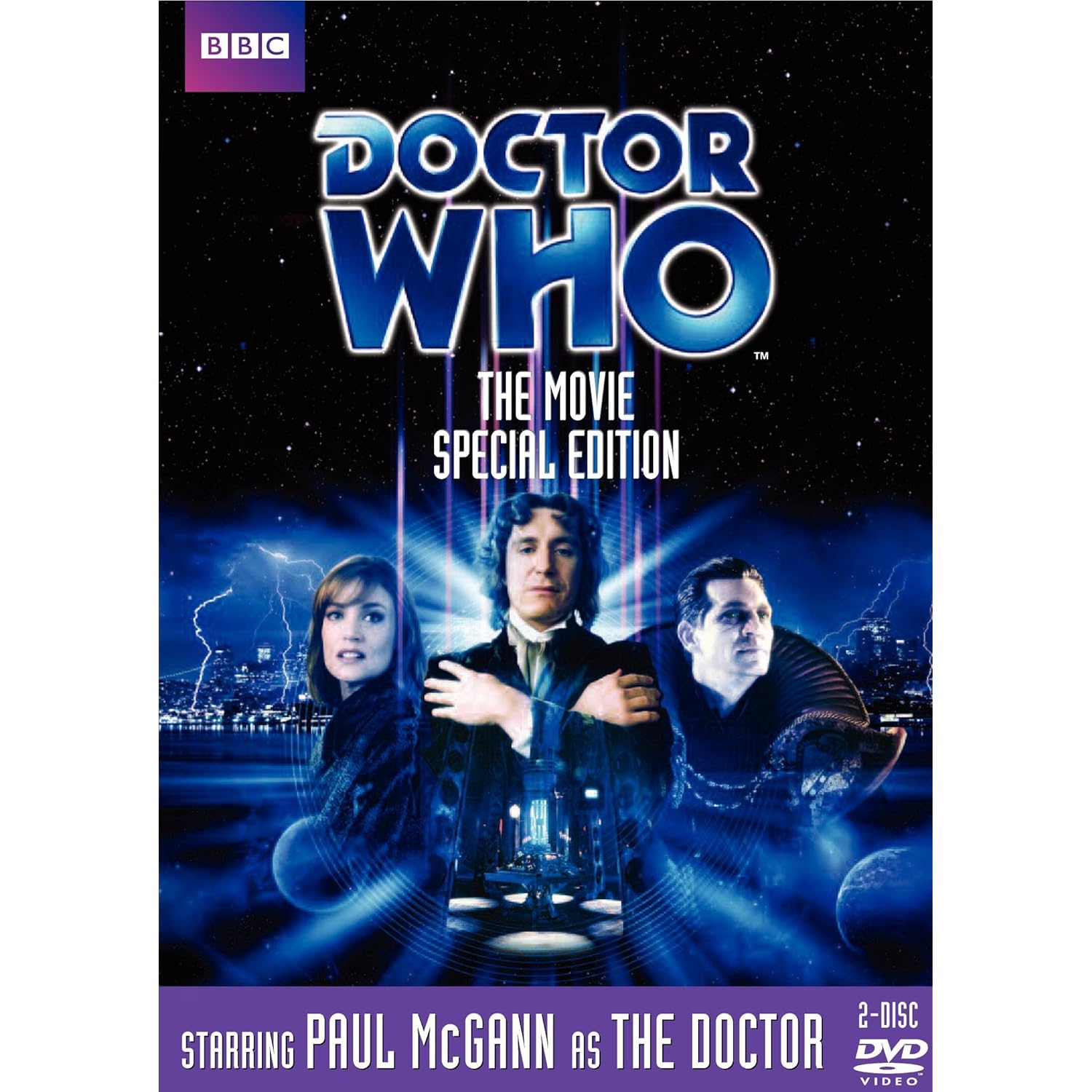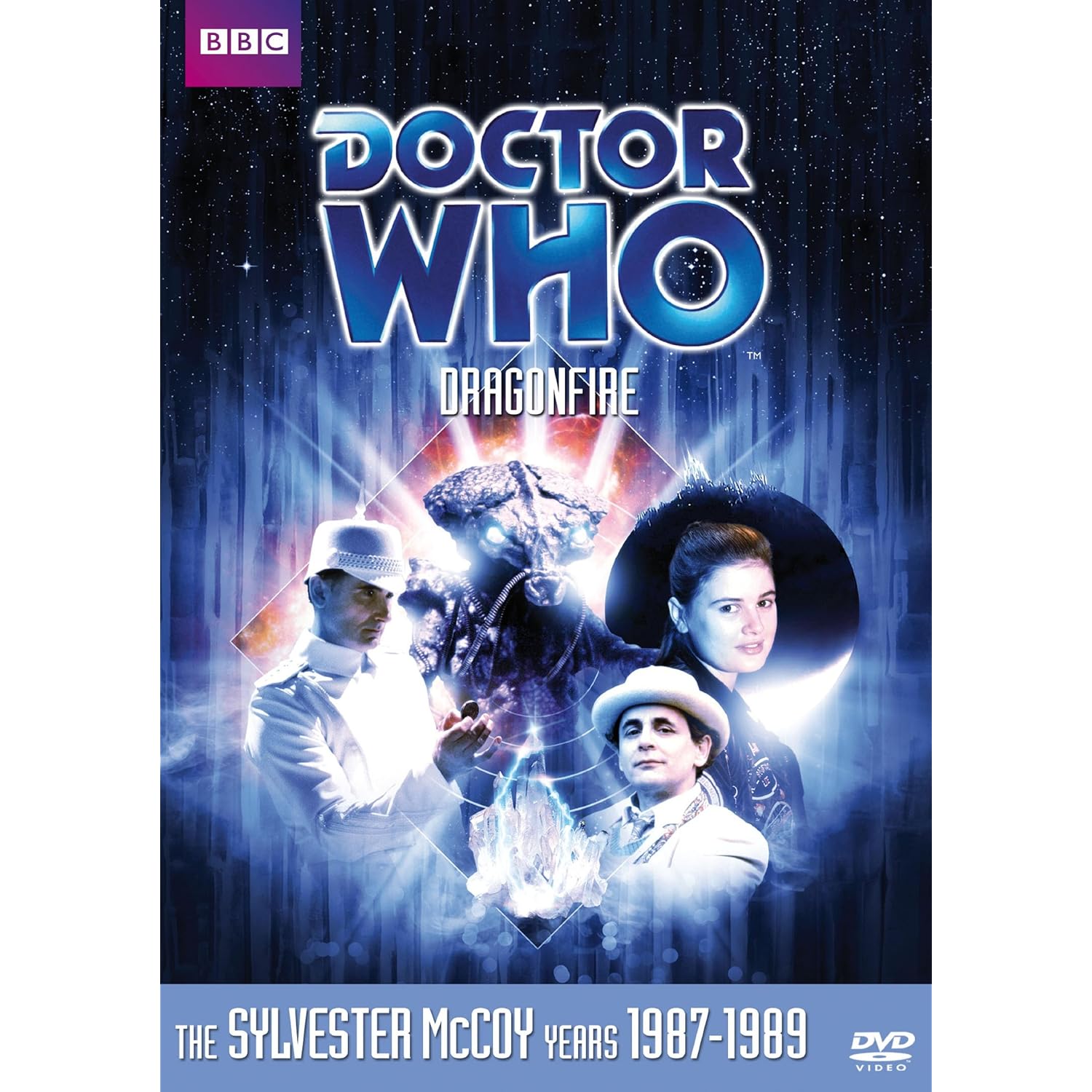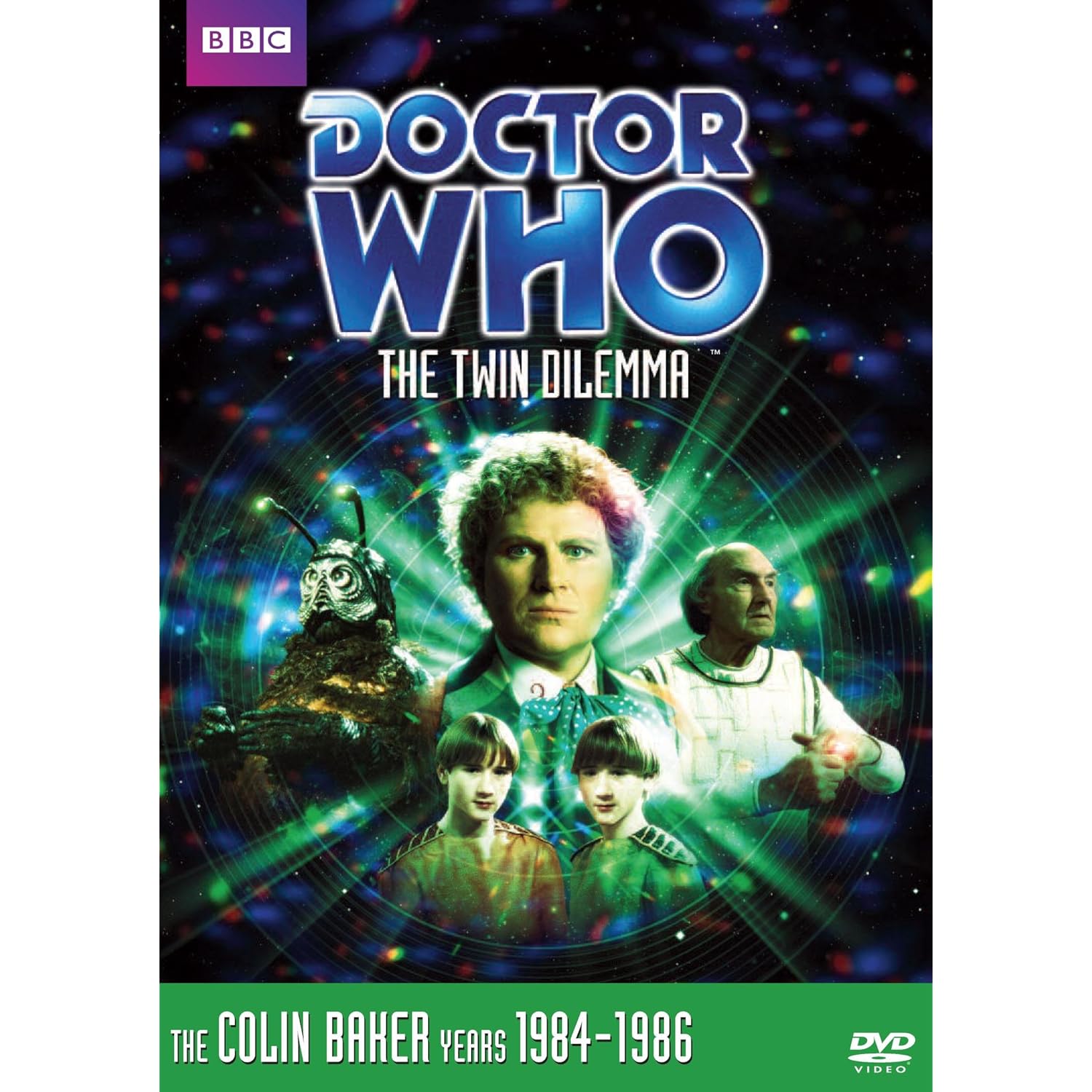 |
| Doctor Who-Attack Of The Cybermen |
The TARDIS intercepts an alien signal originating in 1985 London. Once they arrive,in the same junk yard that the doctor original arrived on Earth in during 1963,the doctor and Peri find themselves intercepted by police officers on the trail of a man who turns out to be Lytton,former Dalek agent on Earth. He now seems to be involved with the cybermen,who are trying to commandeer the TARDIS to steal it's time/space travel secrets. Why? To divert Haley's Comet's course to impact Earth to prevent the destruction of their original home world. Upon arriving on the planet Telos,current home of the cybermen the doctor and Peri find themselves commandeered by the Kryon's,icy humanoids who were displaced from this world by the occupying cyberman. When the Kryon's realize that the doctor is on their side they use a special mineral to destroy Cyber control and liberate their world. But not before Lytton is killed after the doctor learns that Lytton was actually working with the Kryons against the cybermen.
On the human end this is a well written story about the heroes journey. Lytton,looking to redeem himself after 'Resurrection Of The Daleks' is now working to prevent the destruction of Earth. And while the doctor is somewhat blinded by his mistrust of him and wish to stop the cybermen,he does in the end grad at his conscience in the end and realizes his mistake in judgement. This is fitting since at the beginning Peri is questioning the stability of the sixth doctors personality. With his revelation of Lytton's mission,it winds up being a hero's journey for both of them. Only it's the doctor who gets to survive the tale of course. This is also the one time we see cybermen rejects,kept as prisoners on Telos. The Kyron's are one of first female oriented aliens seen in this series. They have a wistful,lyrical manner of movement and speech that masks their noble ambitions. This story has many story elements,most of which represent the stories main points of redemption and freedom from mistrust.




